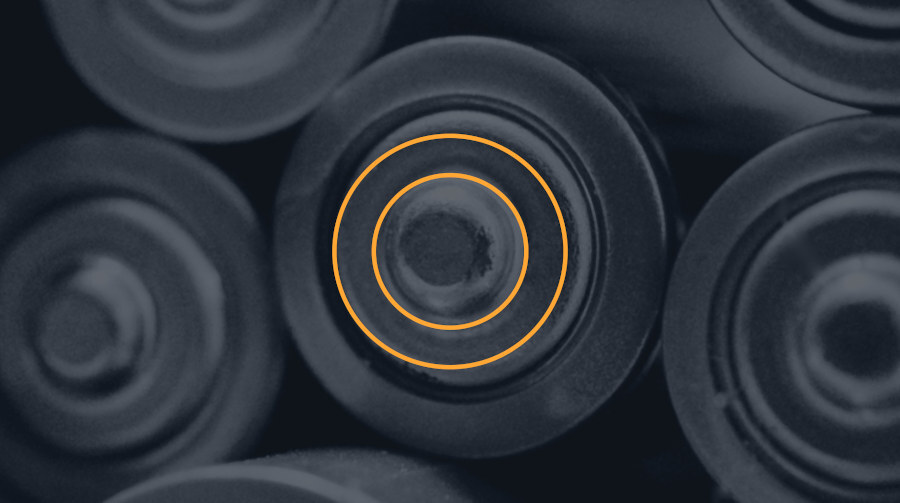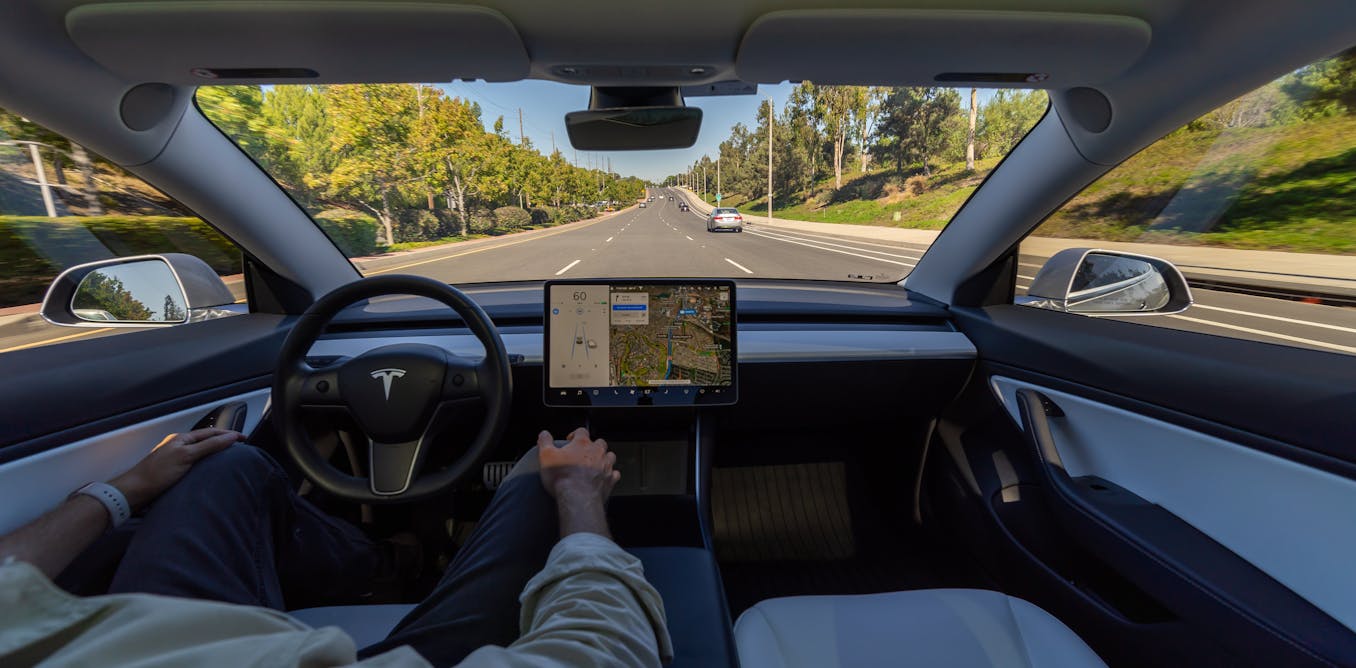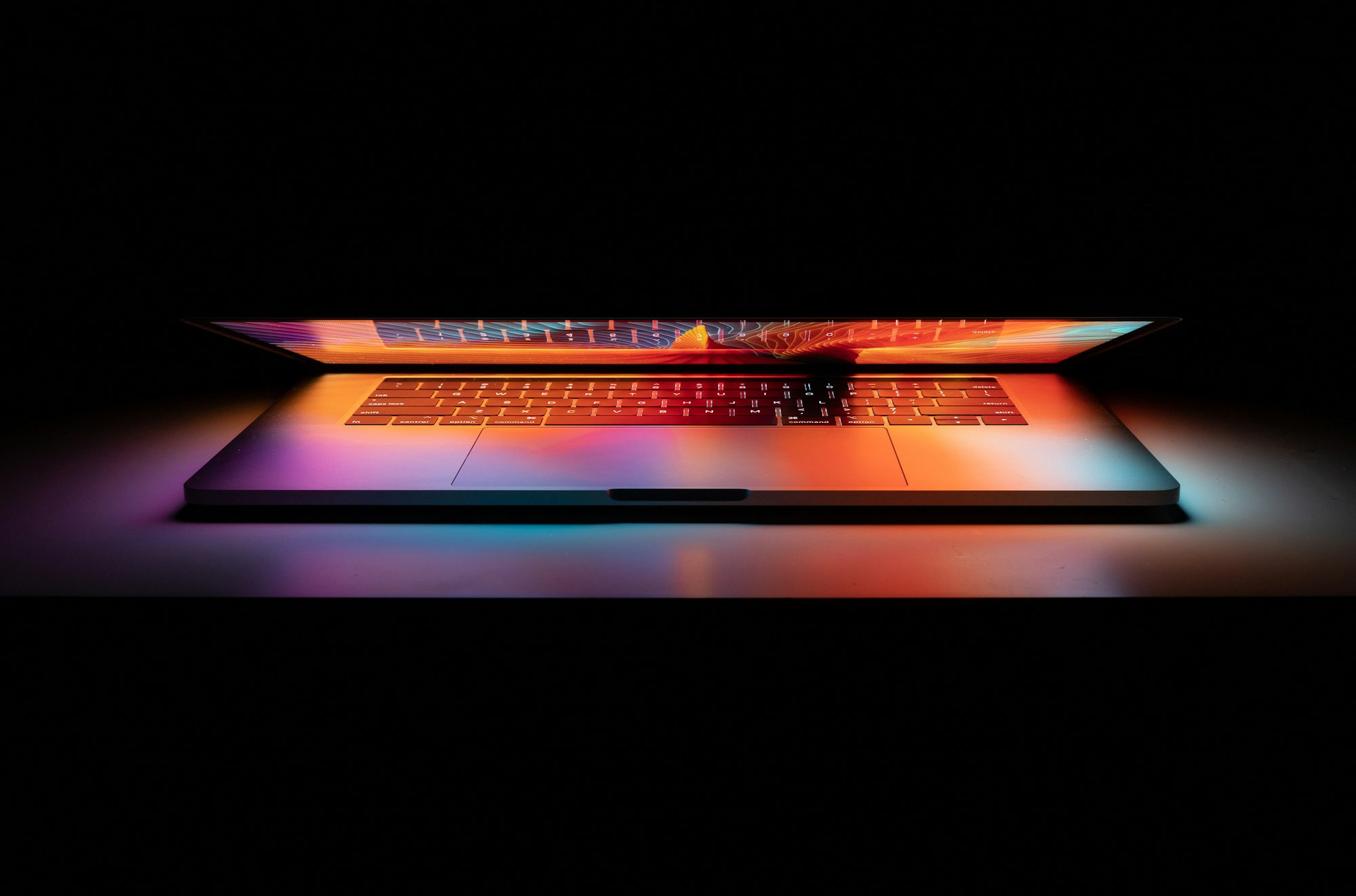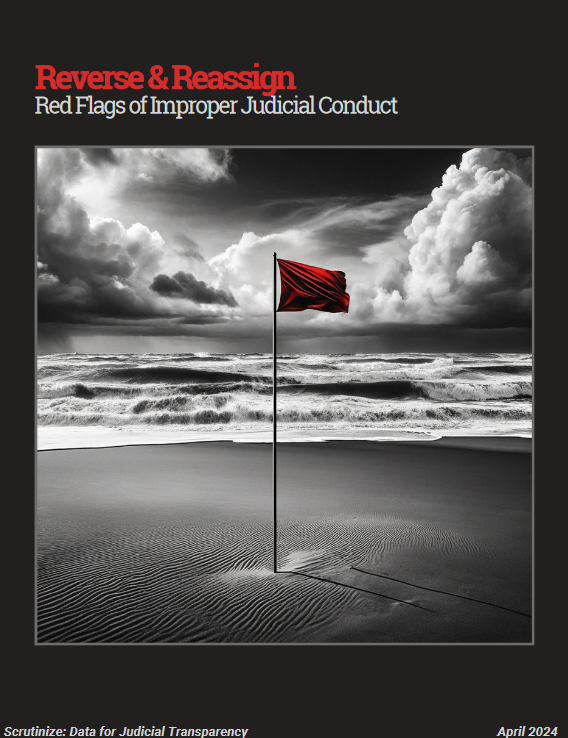
Australian Aluminum-Ion Battery Promises 60X Increase In Charging Speed
An Australian company says it is testing an aluminum-ion battery that charges faster and stores more energy than any lithium-ion battery. But is that true?
This is a story about a new battery breakthrough. Maybe it’s real. Maybe it’s not. You are free to draw your own conclusions. In a May 13 report, Forbes contributor Michael Taylor writes about an Australian company called Graphene Manufacturing Group that says its latest aluminum ion battery can charge up to 60 times faster that any lithium-ion battery. Aluminum-ion batteries are not new, but GMG claims its version has 3 times the energy density of any other aluminum-based battery. The chart below represents a comparison between GMG’s battery and other Al-ion batteries.
In April, GMG announced a research agreement with the Australian Institute for Bioengineering and Nanotechnology at Queensland University that will lead to the manufacture of commercial battery prototypes for watches, phones, laptops, electric vehicles, and grid storage based upon technology developed at UQ. GMG has also signed a license agreement with Uniquest, the University of Queensland commercialization company, which gives GMG an exclusive license to use the technology for battery cathodes.
GMG CEO Craig Nicol says, “We are currently looking to bring coin cell commercial prototypes for customer testing in 6 months and a pouch pack commercial prototype — used in mobile phones, laptops etc. — for customer testing in 18 months. We are really excited about bringing this to market. We aim to have a viable graphene and coin cell battery production facility project after customer validation that we would likely build here in Australia. It’s basically aluminum foil, aluminum chloride (the precursor to aluminum and it can be recycled), and the ionic liquid is urea.”





















